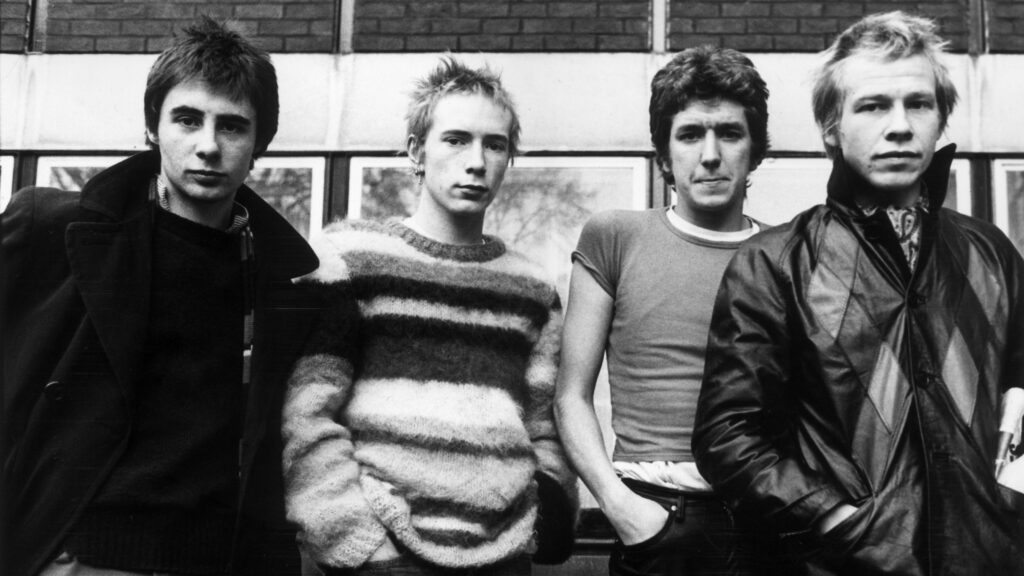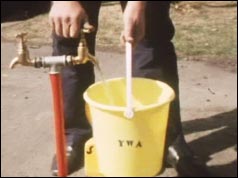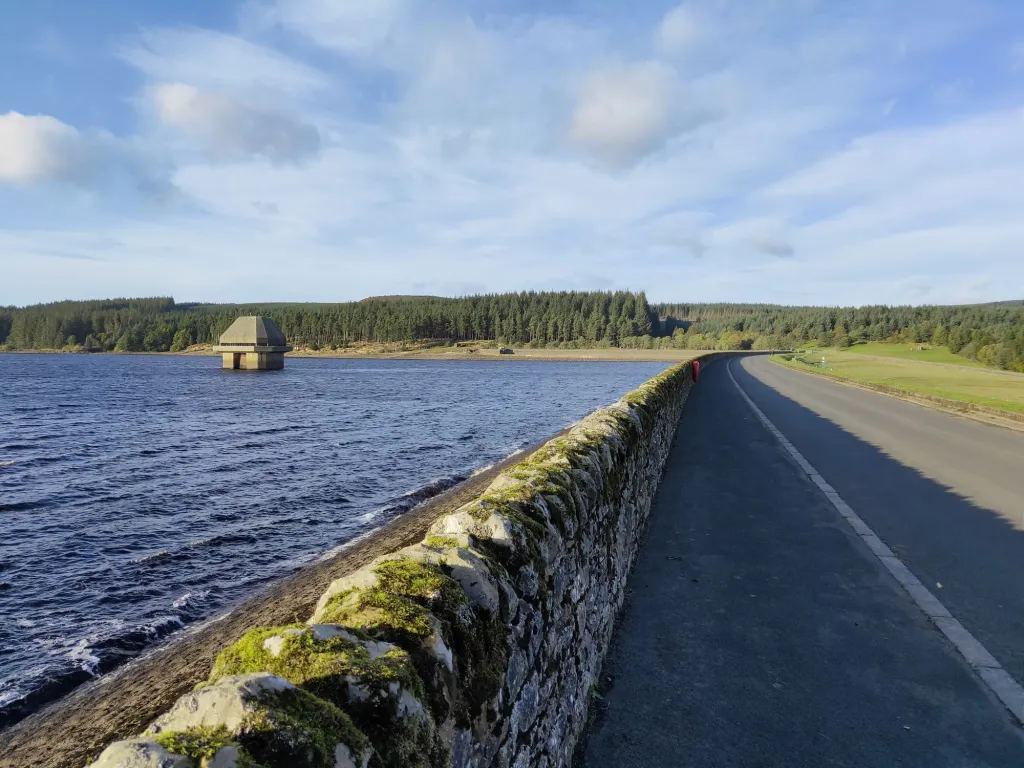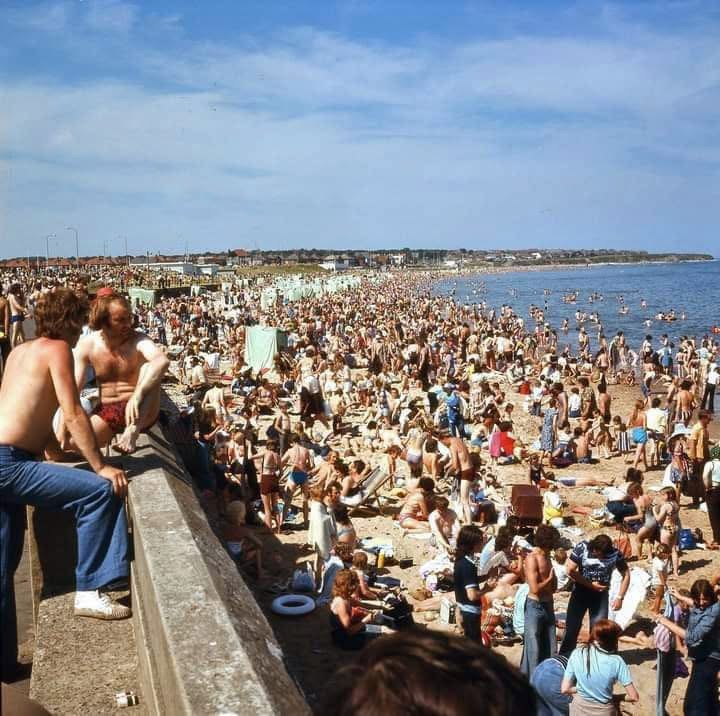A Legendary Summer
The summer of 1976 is legendary in the UK. It is often talked about as being ‘The Best Summer Ever’.
As a 16 year old kid, there were lots of outdoor activities for us. Tennis was high on the list as the footie season had just finished (I’ve hardly played since 😳). I also remember my paper round was also very hot and sweaty even that early on a morning, and it was the beginning of punk rock.

But how justified was the title of that ‘legendary summer’ in our neck of the woods? Well, let’s look back.
With the help of the ExtremeWeatherWatch and the Durham University Observatory website, I can see the daily records for Durham over the summer.
Overall, the highest temperature recorded in Durham in Summer 1976 was 29.3 degC on 28th June.
That might be surprising. It isn’t a particularly high value, but bear in mind that back then, the all time record at Durham was only in the low 30’s. It still felt very hot though.
Even if you weren’t around back then, you’ve probably heard the legendary tales: pavements melting, plants dying of thirst, and people actually enjoying salads because it was too hot for proper dinners. All we really wanted was ice-lollies, and they were in short supply.
I mean, when your shoes stick to the tarmac, you know you’re living through something historic.
June 1976
In June, the warm weather only really started on the 21st, when 22.5 degC was reached. Up until then, it was just a regular summer, nothing special.
It then warmed steadily until the end of the month. By the time it was over, June 1976 featured as the 4th warmest June in Durham, with a mean of 15.4 degC.
It was actually the warmest June since 1940, which was by contrast very warm in the first half. Certainly noteable.
July 1976
Late June to early July 1976 was the peak of the summer. It seemed to last forever. I’d finished my exams in June and everything was good.
The last few days in June and the first few days in July were the warmest of all, with 29.3 degC on the 28th June being the best. Meanwhile, in the South, temperatures reached 30 degC for most of this peak summer spell.
The temperatures in Durham then cooled gradually to mid-month, typically between 20 and 25 degrees. Still warm though.
July 1976 doesn’t even feature in the top 10 average warmest in Durham however. Some people will find that surprising, but July temperatures have now greatly surpassed those of July 1976 by a large margin, with the Julys of 2006, 2013, 2018, 2019, 2021 and 2022 all occupying the top 10 slots.
August 1976
The summer of 1976 in Durham also had an excellent reprise with a 20 day hot spell in August, with temps peaking at 27.4 degC as late as August 24th.
It was a nice warm flourish to the summer. Little did we know at the time what was coming up in September! (Durham’s wettest day, and wettest ever September)
Spells with maxima above 20 degC in 1976
June 5th – 8th
June 13th
June 21st – July 12th
July 14th – 18th
July 21st
July 24th – 28th
August 4th
August 6th – 25th
August 28th
There was also a phenomenal drought

Along with the warm sunny weather, there was an amazing drought. This had started the previous year, with rain deficits piling up over the winter and into Spring 1976, which was also very dry.
Stand-pipes and water bowsers became a familiar sight in some areas of England, with people queueing to get water, but in Durham we never experienced it. There was even a ‘Minister for Drought’ appointed by the Government.
Was it Kielder Reservoir that protected us in Durham?

Many people think this, but the short answer is “No”.
Construction of Kielder Water Reservoir didn’t start until 1975 and it wasn’t completed and opened until 1982.
So during the great drought of ’76, Kielder was still just a work-in-progress hole in the ground.
The real reason we didn’t suffer like the South of England was mainly geography and good old-fashioned rain. Although it was hot, it wasn’t rain free.
Even though ‘76 was roasting, the North East didn’t dry out as catastrophically as down south.
Areas like Devon, Somerset, and even parts of Yorkshire had it really bad with standpipes in the streets and water rationing plans, but up here?
We were also parched, sure, and folks were urged to be careful with the hosepipes, but we didn’t hit the standpipe nightmare stage they suffered elsewhere.
The whole point of Kielder was basically to avoid a drought crisis, planning way ahead for the region’s growing industrial needs – especially all the heavy stuff like steel and chemicals.
Ironically, by the time Kielder opened in 1982, heavy industry was declining and the North East didn’t need nearly as much water as expected. Classic case of preparing for a party after everyone’s already gone home.
Did Summer 1976 deserve its reputation?
I would say ‘Yes’. At the time, the early 70s were devoid of any really warm summer weather.
The previous summer was redeemed by August 1975, which remains the all time hottest August in Durham, but the previous two months had been unremarkable, with even snow falling in early June 1975 in places.
Britain craved some decent weather, and mother nature finally delivered. Just because the records have now been eclipsed doesn’t mean it wasn’t an excellent summer.
File under HOT. 🔥
Footnote: 35C or more has been seen in 16 years in the UK from 1900 onward (1906, 1911, 1923, 1932, 1948, 1957, 1976, 1990, 1995, 2003, 2006, 2015, 2018, 2019, 2020, 2022).
